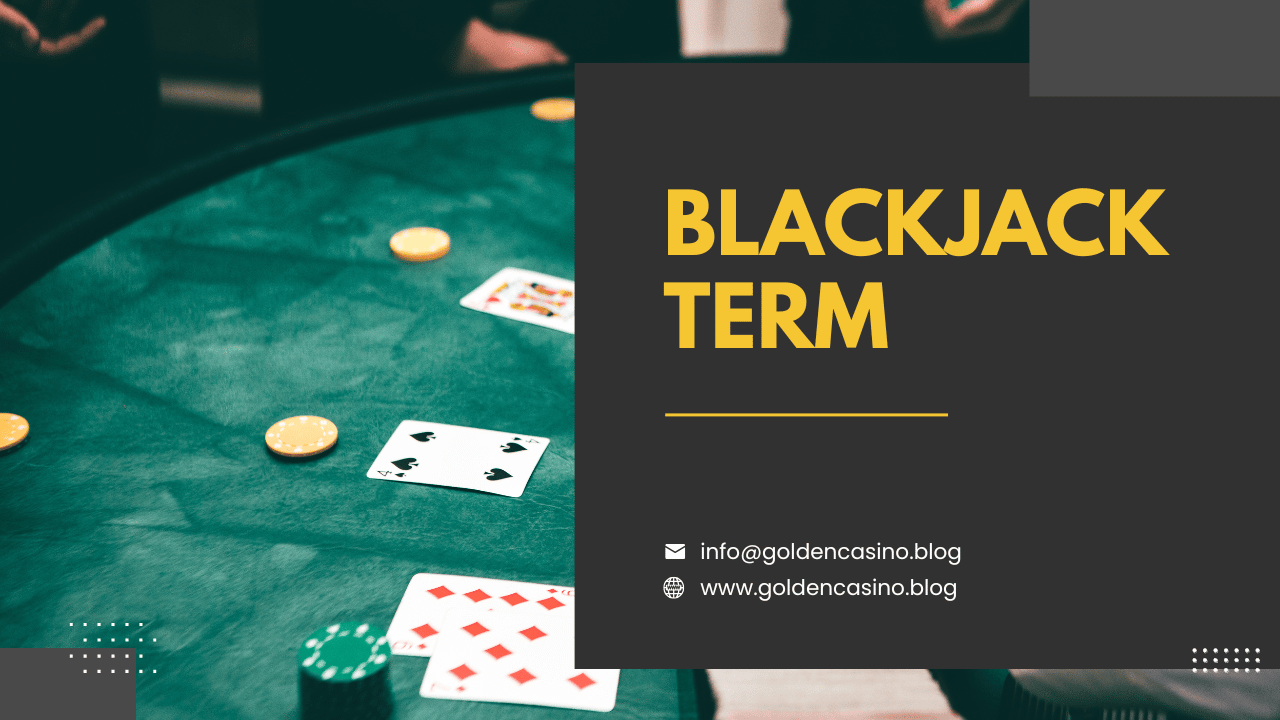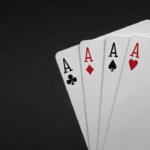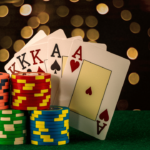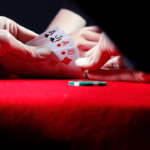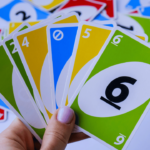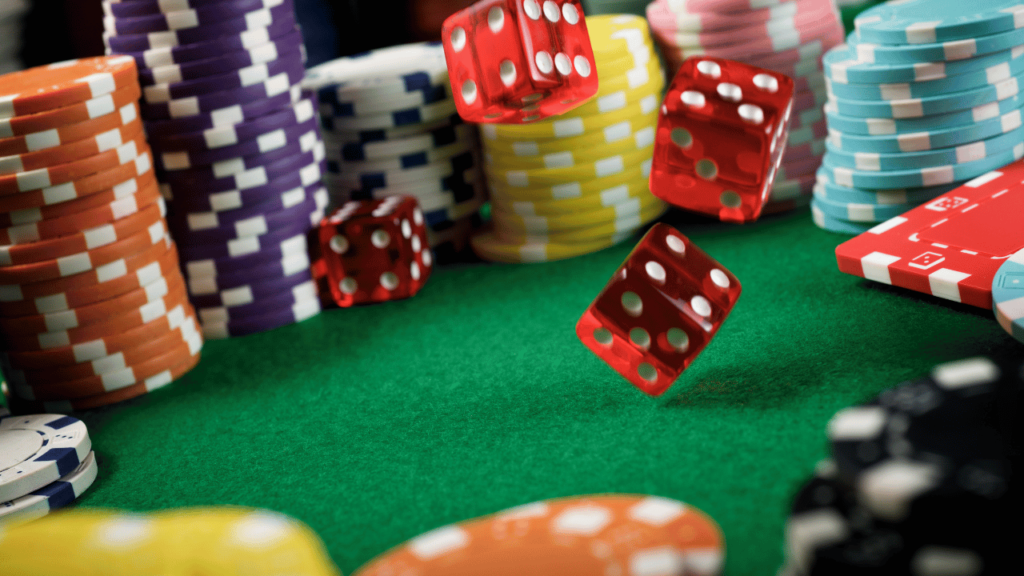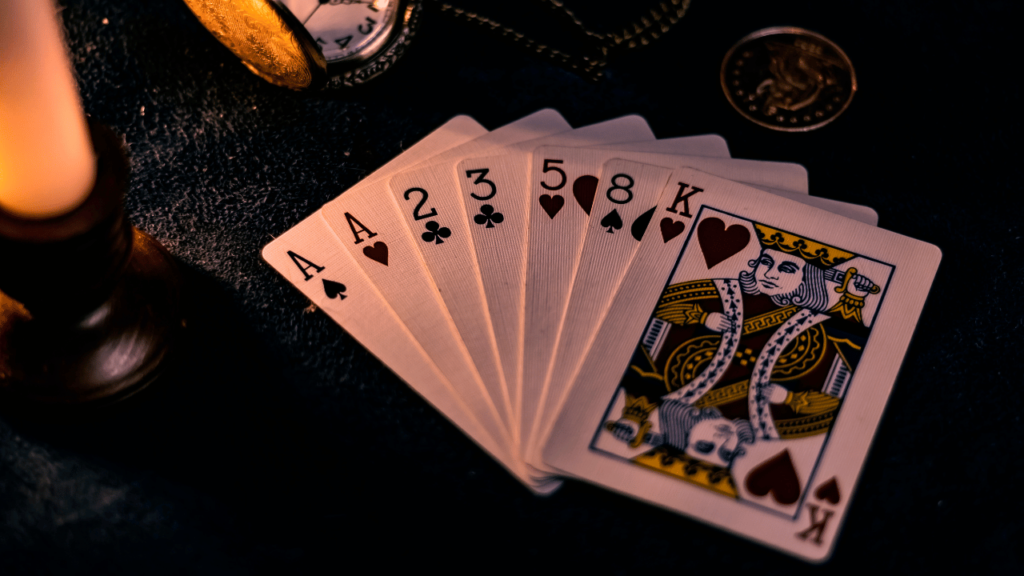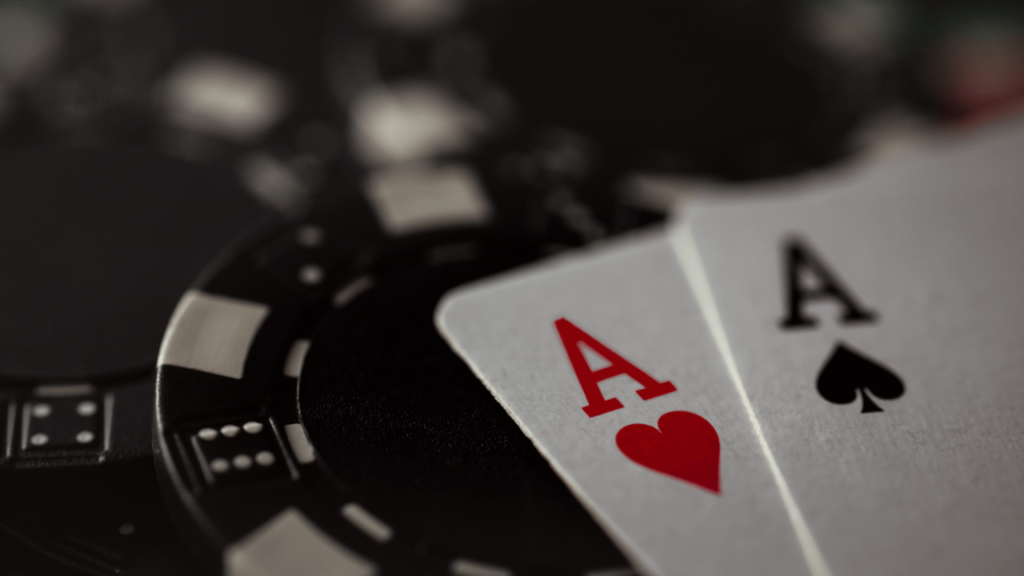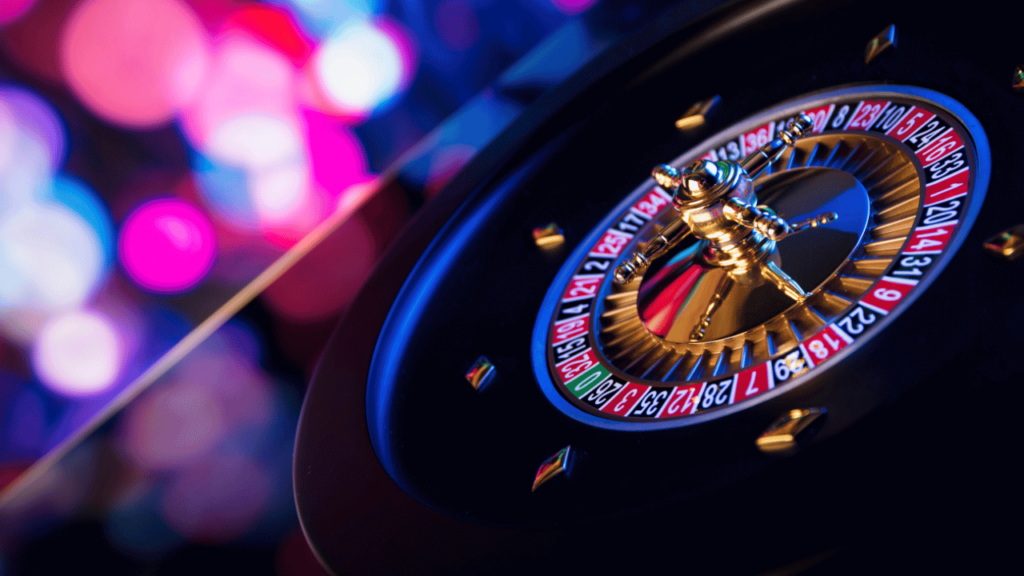In the world of blackjack, one word can end a thrilling hand in a heartbeat: bust. Exceeding 21 is every player’s nightmare, a moment that flips excitement into defeat. But why does this term hold such weight in the game? Let’s unravel the mystery behind this infamous term—and yes, even solve the crossword clue that’s been bugging you.
Blackjack isn’t just about luck; it’s a game of strategy, timing, and knowing when to hold back. Going bust doesn’t just mean losing; it’s a reminder that overreaching, even by a single point, can cost you the game.
In this article, we’ll dive deep into why this term is pivotal, how it shapes gameplay, and its intriguing history in casino culture. Ready to decode the language of blackjack?
Let’s get started!
What Does “Exceeds 21 in Blackjack Crossword” Mean?
If you’re a fan of crossword puzzles and casino games, you’ve likely encountered the clue “exceeds 21 in blackjack.” The answer? “Bust.” This term is a cornerstone of blackjack lingo and represents a key concept in the game. It’s simple: if the total value of your hand goes over 21, you’ve gone bust and automatically lose the round. Understanding this term is crucial for players aiming to master the game.
Why Does Busting Matter?
Busting is more than just a bad outcome; it’s a critical part of blackjack strategy. Unlike other casino games where luck dominates, blackjack allows players to influence outcomes with their decisions. Knowing when to hit, stand, or double down can mean the difference between victory and busting. Every card counts, and the threat of exceeding 21 keeps players calculating their odds with every move.
The Role of Risk Management
At its core, blackjack is a game of risk management. The risk of busting forces players to weigh their chances carefully. For example, if your hand totals 16 and the dealer’s visible card is a 10, the decision to hit or stand becomes critical. Statistically, the odds may lean one way, but the risk of busting is always present, keeping the tension high.
The History Behind the Term “Bust”
The term “bust” has been part of blackjack’s vernacular for decades. Originating in the mid-20th century, the term reflects the sudden and irreversible nature of exceeding 21. While the game itself has evolved over centuries, the concept of busting remains unchanged, symbolizing the fine line between triumph and defeat.
Busting Beyond the Table
Interestingly, the term “bust” has transcended blackjack, appearing in pop culture, literature, and even crossword puzzles. Its inclusion in crossword clues like “exceeds 21 in blackjack” highlights its cultural significance and universal recognition. Whether you’re a casual player or a seasoned pro, the term serves as a reminder of the game’s timeless appeal.
Tips to Avoid Busting
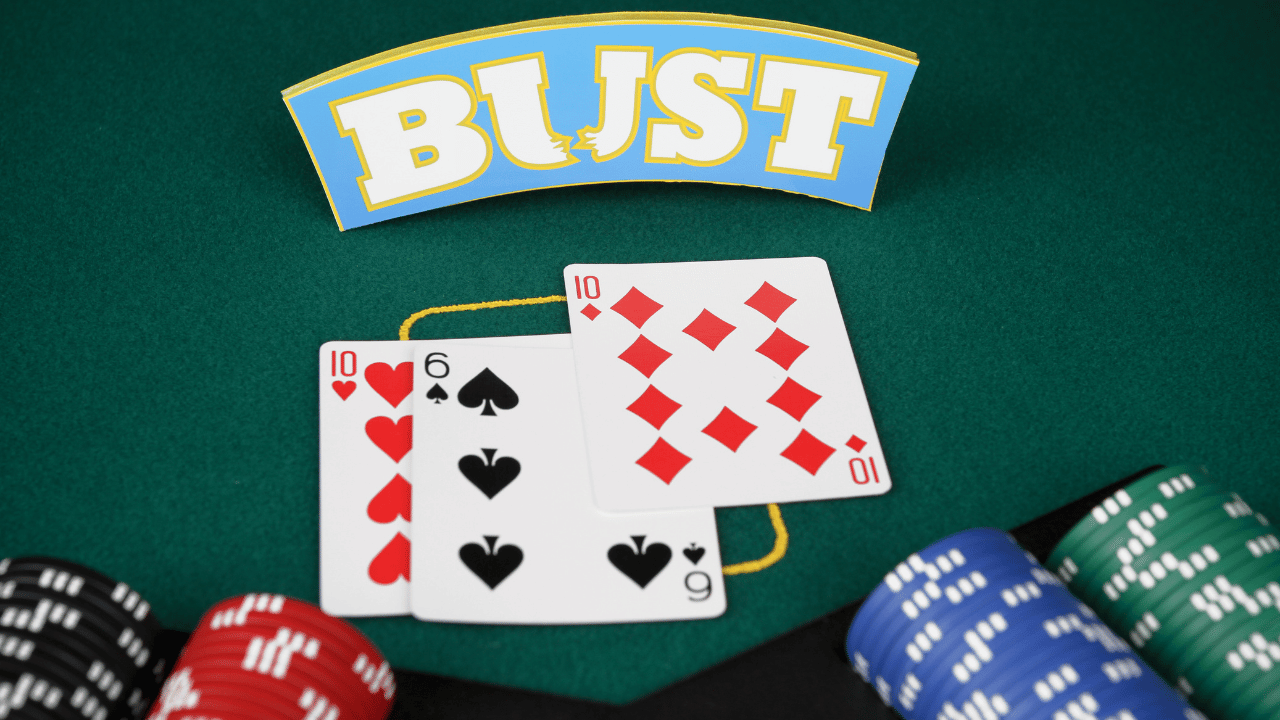
- Know When to Stand: Familiarize yourself with basic blackjack strategy charts. These provide clear guidance on when to hit, stand, or double down based on your hand and the dealer’s card.
- Manage Your Bankroll: Stay disciplined with your bets to avoid chasing losses or taking unnecessary risks.
- Practice Card Counting: While not always feasible in casinos, card counting can help you make informed decisions about hitting or standing.
- Avoid Emotional Decisions: Stick to your strategy and avoid impulsive moves, especially when the stakes are high.
Solving the “Exceeds 21 in Blackjack Crossword”
The next time you encounter the clue “exceeds 21 in blackjack,” you’ll know the answer is “Bust.” This knowledge isn’t just useful for puzzles—it’s also a gateway to understanding the intricacies of blackjack. By mastering the concept of busting, you’ll gain a deeper appreciation for the game and its challenges.
Conclusion
Blackjack is a game of highs and lows, where the term “bust” represents the ultimate cautionary tale. Whether you’re solving a crossword or strategizing at the table, understanding why exceeding 21 is so pivotal can elevate your game. So the next time you’re dealt a hand, remember: it’s not just about beating the dealer—it’s about knowing when to stop. Happy playing!

